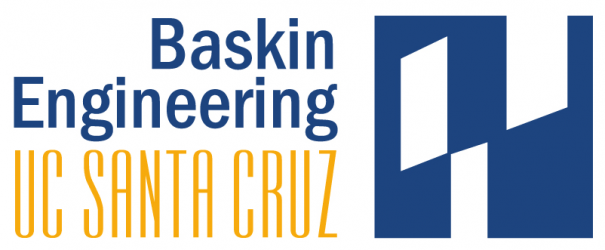
Author: Matthew Rhea
Pre-War
Before his involvement with The Manhattan Project, Enrico Fermi spent his early life as a professor of physics at the University of Pisa in Italy. It was during this time and Fermi’s following professorship in 1927 at the University of Rome where he developed heavy interests in the field of nuclear and particle physics.
Before the professorship, he discovered the Statistical Laws. Known nowadays at Fermi Statistics. These laws describe principles which govern the behavior of particles contingent on Pauli’s Exclusion Principle — a principle which states that any number of identical fermions are not able to be in the same quantum state in the same system simultaneously. Following this discovery was his election as a professor until 1938 where, after receiving the Nobel Prize in Physics “for his demonstrations of the existence of new radioactive elements produced by neutron irradiation, and for his related discovery of nuclear reactions brought about by slow neutrons” [1], Fermi fled Italy to America.
Fermi first arrived in New York where he became a professor at Columbia University in 1939. From this university, he continued his work on nuclear fission with support from the Uranium Committee – and later by its successor, the National Defense Research Committee, both agencies within the United States’ government. With help from the Columbia University football team, Fermi worked on building chain reaction piles of graphite and uranium. These piles were named quite literally. The scientists and football team layered uranium and graphite. More on the construction of the piles will be later when the more prominent one, the Chicago Pile-1, is discussed.
During the War
At the peak of World War II in 1942, Fermi moved to Chicago to work within the Chicago Metallurgical Laboratory. Similarly, he recruited the football team to developed Chicago Pile-1 which became the first self-sustained, controlled nuclear reaction on December 2, 1942. Essentially, layers of graphite bricks were construction on top of a wood framing. Many of the graphite bricks had holes drilled into them to make space for uranium to be placed insides. With each uranium filled brick, there were neighboring “dead uranium” [2] bricks. In order to control the nuclear reaction, some of the graphite bricks has much larger holes drilled in (upwards of fourteen feet) to contain cadmium, which would cause the reaction to go critical if removed from the pile.
The Chicago Pile-1 was the model nuclear reactor for following reactors such as the X-10 Graphite Reactor and the B Reactor at Hanford. With its success, Fermi saw a similar success and was recruited by J. Robert Oppenheimer for the Manhattan project in 1944. After recruitment, Fermi saw himself become the Associate Director of the laboratory at Los Alamos. He was placed in F Division at the laboratory, and oversaw much of the theoretical and nuclear physics at the lab. Within this division, there were four branches: F-1, F2, F-3, and F-4. Of which, Fermi has a part in all of the events. F-1 oversaw the thermonuclear bomb, F-2 contained the aqueous homogeneous research reactor, F-3 was Super Experimentation, and F-4 studied nuclear fission [3].
Post War
After the war and his work at the Los Alamos Laboratory, Fermi became a professor at the Institute for Nuclear Studies division of the University of Chicago. From this point on, in 1946, Fermi remained a professor until death in 1954. During his time there he focused on high-energy physics.
Citations
[1] https://www.nobelprize.org/nobel_prizes/physics/laureates/1938/
[2] https://www.atomicheritage.org/history/chicago-pile-1
[3] https://en.wikipedia.org/wiki/Enrico_Fermi#Manhattan_Project
[4] https://en.wikipedia.org/wiki/Pauli_exclusion_principle
[5] https://www.atomicheritage.org/article/manhattan-project-spotlight-enrico-fermi
[6] https://www.nobelprize.org/nobel_prizes/physics/laureates/1938/fermi-bio.html


34 Replies to “Enrico Fermi”